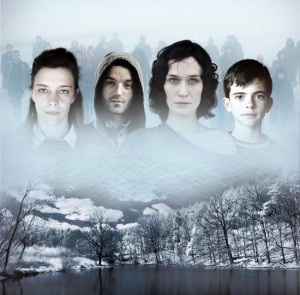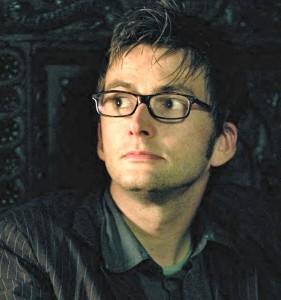 Along with tens of thousands of people in the UK, I watched the finale of Breaking Bad on Monday.
Along with tens of thousands of people in the UK, I watched the finale of Breaking Bad on Monday.
Without spoiling anything for those still working their way through earlier series, I can say that it was unanimously ackowledged to be a thoroughly satisfying ending for a popular and critically-acclaimed show.
But – in the UK at least – what made this different was how and when people watched the finale.
You see, unlike amc’s 8pm timeslot in the US, in Britain, we chose exactly when we watched it because we were using Netflix.
A new watercooler moment
Although it was shown on a cable TV network in America, you had to watch the final series in the UK via the web.
Netflix made the episode available to watch at 9am on Monday morning – and I have some friends who indulged before lunch – allowing anyone to watch it whenever they wanted.
Breaking Bad is groundbreaking because we didn’t all sit down and watch it at 9pm together, which historically was how we all experienced the end of a TV show.
In this instance, everyone made their own personal choice of starting time: be it 8.01pm, 8.46pm, 9.22pm… you get my drift. And this is the radical change that has been brought about by the way we now consume TV.
Remember Sky Plus?
The arrival of Sky Plus in the UK back in 2002 allowed us to do radical things. Quite aside from recording programmes on 2 different channels, while you watched a 3rd, you could pause live TV, set up instant series links and choose to start watching something from the beginning even before it had finished.
This was the beginning of what we now know as ‘timeshifting’ – watching TV at a time of one’s own choosing, also allowing you to skip the ad breaks.
This has become so endemic that BARB statistics from 2011 suggested that around 15% of viewing was timeshifted – a figure that is bound to have increased since.
The arrival of Netflix has moved things on again. Imagine telling someone 10 years ago, you were going to watch the most talked-about TV show “on Netflix, through your Wii”. Utter gobbledy-gook to someone in 2003, yet it emphasises how much change has occurred in a short space of time.





